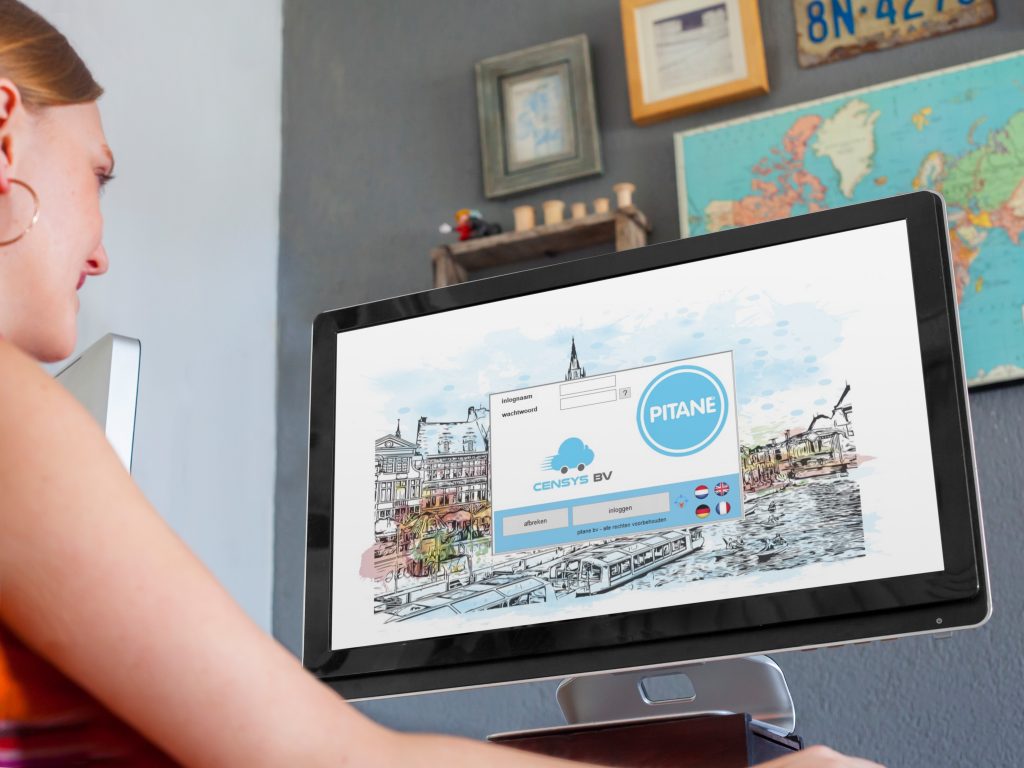KLM reports on their website via a press release that KLM customers are obliged to wear face protection when boarding and on board. Passengers must themselves ensure that they have the required face protection with them. The cabin crew will of course also wear face protection. By face protection we mean mouth-nose masks, such as surgical masks and non-medical masks. The masks must be large enough to completely cover the wearer's nose and mouth. Passengers not wearing adequate face shields / mouth-nose masks may be refused boarding at the gate.
For airlines, flying during the corona crisis means that they have to operate under exceptional circumstances. The current situation calls for a series of measures that KLM is taking to conduct its operations as safely and healthily as possible for passengers and crew. The obligation to wear face protection is part of this. Aircraft are also cleaned more often and more thoroughly and contact moments between crew and passengers during the flight are kept to a minimum. Furthermore, passengers from risk areas must, for example, fill in a health declaration to assess whether they are fit enough to fly.
Exceptions
Children up to the age of 10 do not need to wear a mouth mask on board. To continue to guarantee the safety of our customers and crew, it is required KLM of customers who cannot wear a mouth mask for medical reasons, a negative PCR test and a doctor's statement in English or Dutch. This measure will take effect on September 21, 2020. The negative test must not be older than 72 hours before the start of the outward or return journey. The doctor's statement may be in English and the form is available to customers at klm.com. Customers will not be allowed on board without a medical certificate and a negative PCR test.
The risk of contamination on board aircraft is also low. Modern aircraft are equipped with High Efficiency Particulate Air (HEPA) filters, which ensure clean cabin air of high quality, with a high degree of air circulation. The air is replaced every three minutes by the aircraft's built-in air supply system. The airflow in the aircraft is from top to bottom, which further reduces the risk of 'horizontal' transmission in the cabin. In addition, the air flows quickly, which is not conducive to the spread of droplets. Furthermore, the passengers are all facing the same direction, so there is little face-to-face interaction, and the seats are a barrier to the transmission forward or back in the cabin.
Photo above: KLM image bank
Also read: Travel advice adjusted certain parts in various countries



